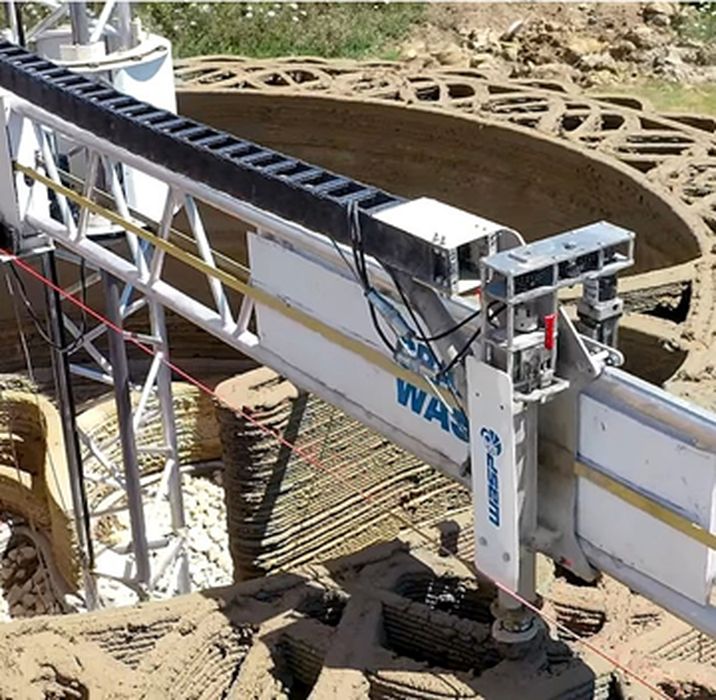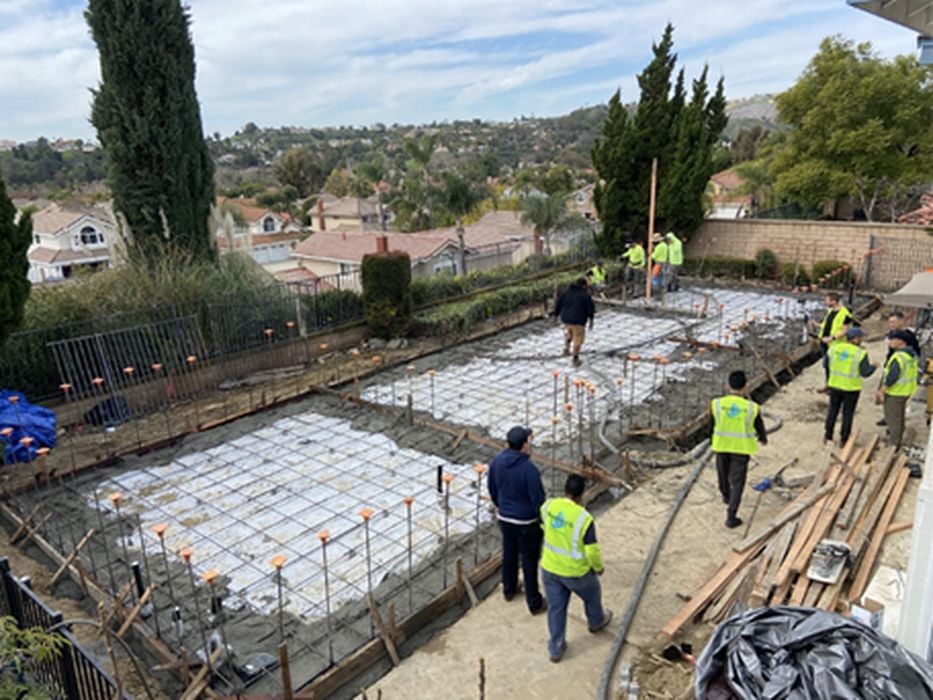
Charles R. Goulding and Kellen Coleman propose how 3D printing is revolutionizing disaster recovery by accelerating rebuilding efforts, reducing costs, and enhancing sustainability in the face of increasing natural disasters.
In recent years, the United States has faced a series of devastating natural disasters, leading to significant destruction of homes and infrastructure. For instance, in 2024 alone, the country experienced 27 separate weather or climate disasters, each resulting in at least US$1 billion in damage. The extensive damage from these events has intensified competition for essential recovery supplies, such as construction materials and skilled labor. Traditional supply chains are struggling to meet the heightened demand, leading to delays and increased costs in rebuilding efforts. In response, industries are exploring innovative solutions like 3D printing to expedite disaster recovery and bring people back home.
Florida Hurricanes
In 2024, Florida experienced a record-breaking hurricane season with 18 named storms, 11 of which intensified into hurricanes. The cumulative impact of these storms resulted in widespread damage across the State. For instance, Hurricane Helene caused extensive flooding in Hernando County, with ongoing assessments to determine the exact number of homes affected.
California Wildfires
California faced a severe wildfire season in 2024, with 8,024 fires burning over 1 million acres. These fires destroyed approximately 1,716 structures and damaged an additional 432. Notably, the Palisades Fire alone led to the destruction of 6,770 structures, prompting widespread evacuations.
North Carolina Flooding
While specific data on recent flooding in North Carolina is limited, the state has historically been vulnerable to flood-related disasters, particularly during active hurricane seasons. Continuous monitoring and assessment are essential to determine the full extent of damage in such events.
These incidents underscore the critical need for innovative and efficient rebuilding strategies to address the extensive loss of housing and infrastructure and the urgent need to rebuild after.

3D Printing as a Supply Chain Disruptor
Traditional construction and manufacturing rely on complex supply chains that can be easily disrupted by demand surges following disasters. Delays in procuring concrete, lumber, and specialized materials significantly hinder rebuilding efforts. 3D printing technology offers a way to mitigate these issues by enabling on-site production of building materials, reducing dependency on traditional suppliers.
For instance, companies like SQ4D have demonstrated the potential of 3D printing in emergency housing by creating entire homes using large-scale concrete printing systems. This method drastically cuts construction time and material waste while offering a cost-effective alternative to conventional building techniques. Rapid prototyping capabilities further allow for customized designs tailored to specific disaster recovery needs.

The Impact of 3D Printed Homes
The rise of 3D printed homes has the potential to revolutionize the housing market, particularly in disaster-stricken areas. 3D printing allows for the construction of durable, affordable homes in a fraction of the time required for traditional buildings. According to market research, the global 3D printed housing sector is growing rapidly, with projections indicating a significant increase in adoption due to its cost-efficiency and sustainability.
Companies like Azure Printed Homes are leading the charge in modular 3D printed housing, utilizing recycled materials to create eco-friendly, resilient homes. These structures are not only quicker to produce but also offer customizable designs that cater to the specific needs of displaced individuals and communities.
Meeting Updated Building Codes with 3D Printing
As communities rebuild after natural disasters, adhering to modern building codes is essential to ensure safety, energy efficiency, and resilience. Contemporary building energy codes are more rigorous than those in place when many destroyed homes were originally constructed. They often mandate features such as energy-efficient LED lighting and the use of fire-resistant materials for building envelopes, including roofs, walls, and doors. 3D printing technology offers innovative solutions to meet and exceed these updated standards.
3D-printed homes have demonstrated significant potential in enhancing fire resistance. For example, a 3D printed accessory dwelling unit (ADU) in Walnut, California, was constructed using steel-reinforced concrete and a fire-resistant steel roof, eliminating combustible materials like wood and nails. This design not only meets but surpasses current fire safety codes, providing a durable and resilient structure.

Establishing Standards for 3D-Printed Construction
To ensure that 3D-printed structures comply with existing building codes, new standards and evaluation methods have been developed. UL 3401, Outline of Investigation for 3D Printed Building Construction, is one such standard that evaluates the printer, fabrication process, and materials used to verify consistent production of building elements with the required properties.
Similarly, the International Code Council (ICC) has introduced AC509, which addresses wall construction using 3D printing. This standard evaluates structural strength, fire safety, and material durability, outlining specific product sampling and quality requirements necessary for code compliance verification.
Scaling 3D Printing Education and Workforce Training
One of the primary challenges in implementing 3D printing for disaster recovery is the need for a skilled workforce. To address this, institutions like Somerset Community College (SCC) in Kentucky are investing in 3D printing education programs. These initiatives are designed to equip students with the knowledge required to operate and optimize 3D printing systems for construction applications.
By expanding education and workforce training, the 3D printing industry can provide local communities with the tools needed to respond to disasters more effectively. The ability to 3D print essential infrastructure components on demand can significantly reduce reliance on overstretched supply chains, enabling quicker recovery efforts.
The Research & Development Tax Credit
The now permanent Research and Development (R&D) Tax Credit is available for companies developing new or improved products, processes, and/or software.
3D printing can help boost a company’s R&D Tax Credits. Wages for technical employees creating, testing, and revising 3D printed prototypes are typically eligible expenses toward the R&D Tax Credit. Similarly, when used as a method of improving a process, time spent integrating 3D printing hardware and software can also be an eligible R&D expense. Lastly, when used for modeling and preproduction, the costs of filaments consumed during the development process may also be recovered.
Whether it is used for creating and testing prototypes or for final production, 3D printing is a great indicator that R&D Credit-eligible activities are taking place. Companies implementing this technology at any point should consider taking advantage of R&D Tax Credits.
A Sustainable Path Forward
Beyond its logistical advantages, 3D printing presents environmental benefits crucial for sustainable disaster recovery. This technology enables precise material usage, reducing waste compared to traditional construction. Additionally, companies are exploring alternative building materials, such as recycled plastics and bio-based composites, to further lessen the environmental impact of rebuilding efforts.
As disasters continue to test America’s recovery capabilities, integrating 3D printing into disaster response strategies offers a viable solution to supply shortages and delays. With advancements in technology, education, and sustainable practices, 3D printing could play a transformative role in reshaping how communities rebuild in the face of adversity.
